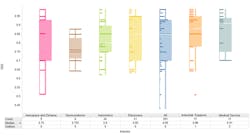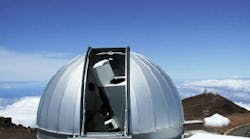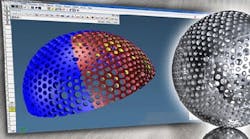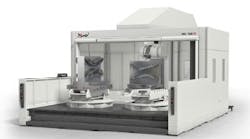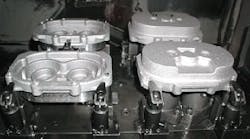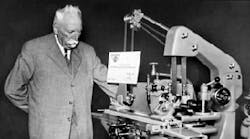In real shop environments and under various spindle loads, a machine tool’s thermal expansion can cause 3D volumetric positioning errors. Fortunately, shops can compensate for these errors through the machine’s controller provided that the relations between the 3D volumetric positioning errors and the temperature distribution are measured.
According to Optodyne, shops first have to measure the 3D positioning errors and key temperatures at various thermal loadings. Then, based on the measured errors, they can generate several error maps, use linear interpolations to produce new error maps for particular thermal loadings, and download the new maps into a machine’s intelligent controller so that it can compensate for the 3D errors.
To measure 3D volumetric errors, such as straightness and squareness, shops can use conventional laser interferometers or Optodyne’s sequential step diagonal measuring method.
No matter what method is used, Charles Wang of Optodyne emphasizes that positioning errors must be measured quickly. If the duration of the measurement is too long, further temperature changes could produce varying measured positioning errors.
Wang said that measuring for machine straightness and squareness errors with conventional laser interferometers takes too long and is difficult, and involves complex and expensive equipment. Sequential step diagonal measuring, on the other hand, measures 3D volumetric positioning errors quickly and is simple enough to set up that shops can have their machine operators do it.
The sequential step diagonal system measures 3D volumetric positioning errors, including three displacement errors, six straightness errors and three squareness errors, in less than one hour. And using the system in tandem with temperature sensors, shops can measure temperature distributions of CNC machine tools under various cutting loads and ambient temperatures.
